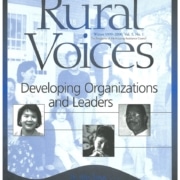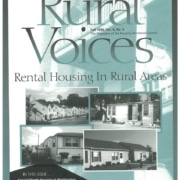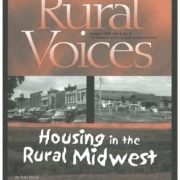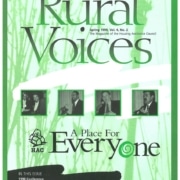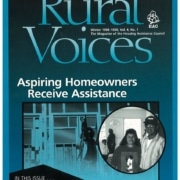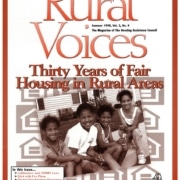Rural Voices: Developing Organizations and Leaders
Developing our own organizations is one of the cha llenges we face as we work to develop our rural communities. Leadership, structure, staffing, planning, funding -the list of topics involved in bui lding organizational capacity can be daunting. The Winter 1999-2000 issue of Rural Voices addresses some of these subjects and how they relate to rural housing.
First, experts present recommendations on how to develop an organ ization, and list resou rces t hat can help. The role of women as leaders is cons idered next, including moving quotations from a recent study and a profile of one strong rura l woman. Another piece describes one way rural leaders can obta in academic degrees while work ing in t heir communities. The state of ru ral phi lanthropy is considered by experts in that field. One philanthropic effort, the Bank of America’s Rura l 2000 Initiative, is described in more detai l in a separate article.
As always, the magazine touches on some additional topics as well as its theme. The tenth anniversary of the Affordable Housing Program is celebrated, and the View from Wash ington department summarizes the fund ing outlook for housing programs in fisca l yea r 2000.

